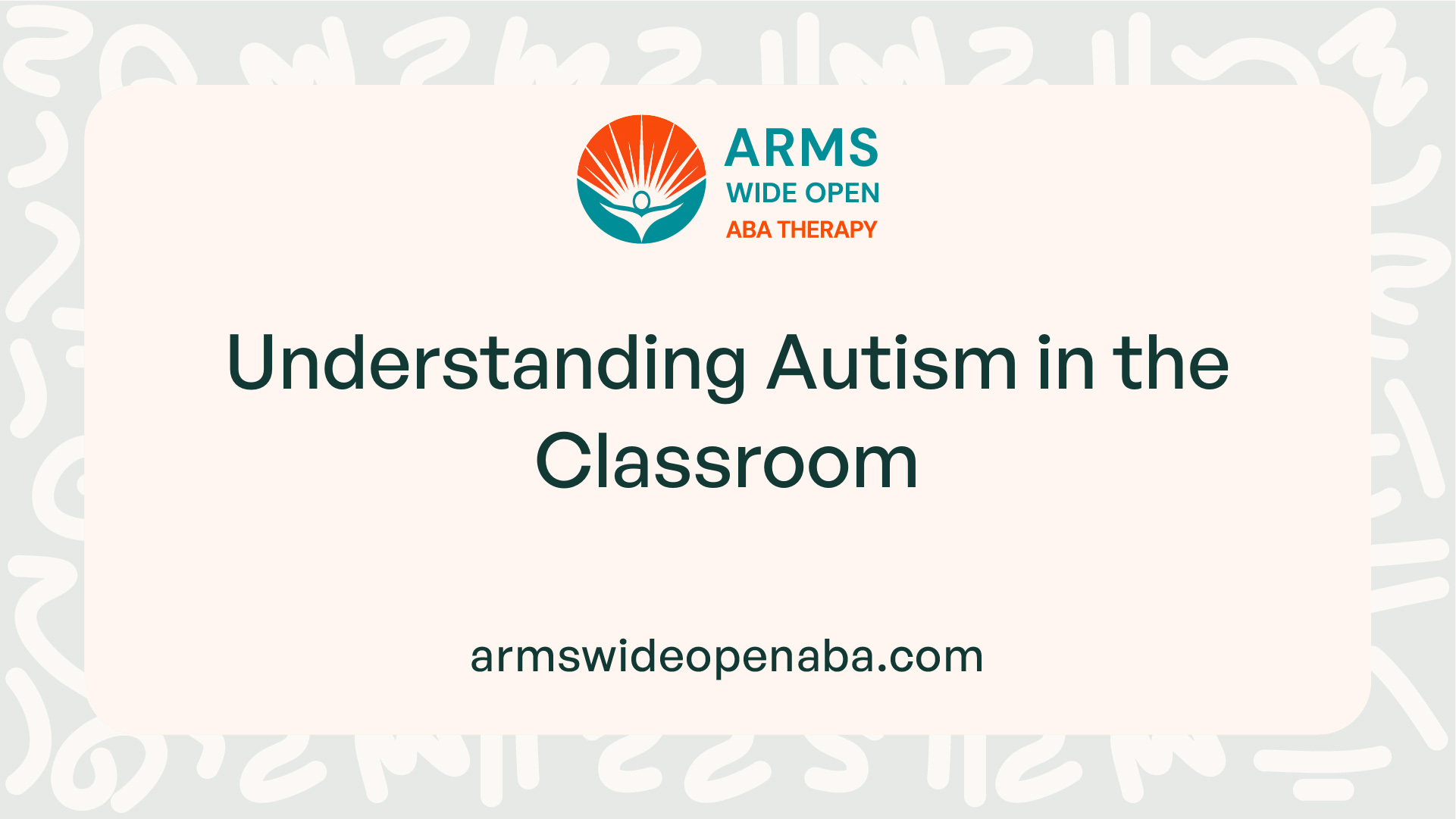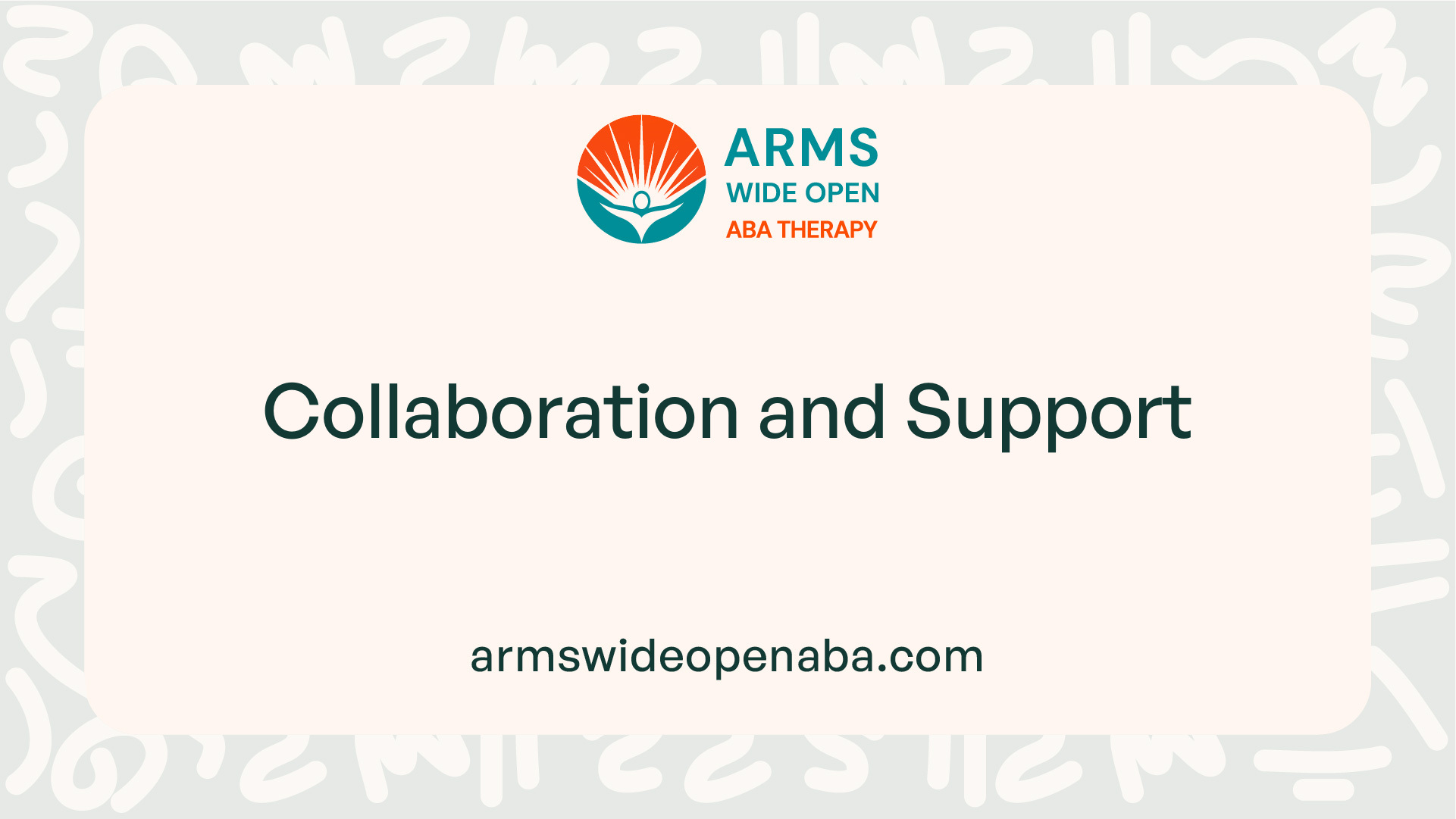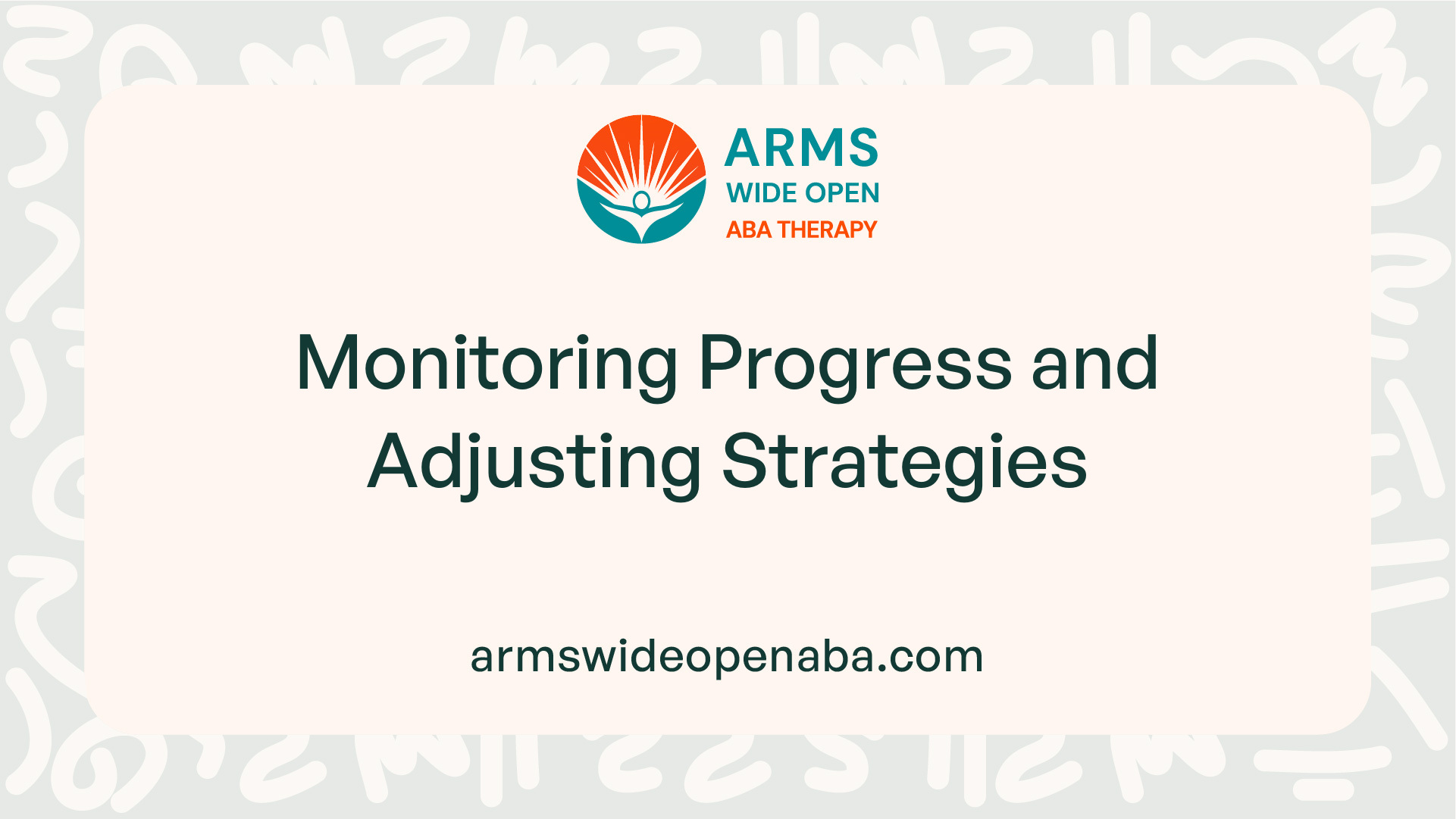Autism in the Classroom: Strategies for Success
Unlock success in the classroom for students with autism! Discover key strategies and foster an inclusive learning environment.


Understanding Autism in the Classroom
When it comes to understanding autism in the classroom, educators play a pivotal role in creating an inclusive and supportive environment for students with autism. By grasping the definition and characteristics of autism and recognizing the challenges these students face, teachers can better tailor their approach to meet the individual needs of each student.
Definition and Characteristics of Autism
Autism, also known as Autism Spectrum Disorder (ASD), is a neurodevelopmental disorder that impacts social interaction, communication, and behavior. Individuals with autism may exhibit a wide range of characteristics, including:
- Impairments in social interactions and communication
- Repetitive behaviors or restricted interests
- Sensory sensitivities or difficulties
- Challenges with executive functioning and flexibility
Understanding these core characteristics is essential for educators to provide appropriate support and accommodations that address the specific needs of students with autism.
Challenges Faced by Students with Autism
Students with autism encounter various challenges in the classroom that can impact their learning and overall well-being. Some of the common challenges faced by students with autism include:

Recognizing and addressing these challenges through targeted interventions and support strategies is key to fostering a positive and productive learning environment for students with autism. By acknowledging the unique needs of these students, educators can create a classroom environment that promotes their academic, social, and emotional growth.

Key Strategies for Success
In the realm of supporting students with autism in the classroom, employing key strategies is instrumental for fostering a conducive learning environment. Three fundamental strategies include creating a supportive atmosphere, utilizing effective communication techniques, and developing individualized education plans (IEPs).
Creating a Supportive Environment
Creating a supportive environment is paramount in promoting the academic and social development of students with autism. By establishing a nurturing and inclusive atmosphere, educators can set the stage for meaningful learning experiences. This involves:
- Providing a structured and organized classroom setting.
- Implementing visual aids and cues to facilitate understanding.
- Establishing clear routines and expectations to reduce anxiety.
- Offering sensory-friendly spaces to accommodate individual needs.
Effective Communication Techniques
Effective communication lies at the core of successful interactions with students on the autism spectrum. Employing tailored communication strategies can enhance engagement and comprehension. Key techniques include:
- Using clear and concise language to convey instructions and information.
- Incorporating visual supports like picture cards and communication boards.
- Practicing active listening and providing ample response time.
- Employing positive reinforcement and praise to reinforce desired behaviors.
Individualized Education Plans (IEPs)
Individualized Education Plans (IEPs) play a pivotal role in tailoring educational approaches to meet the unique needs of students with autism. These personalized plans outline specific goals, accommodations, and support services to bolster academic and social progress. Components of an IEP encompass:
- Defined academic and behavioral objectives based on the student's capabilities.
- Accommodations and modifications to facilitate learning and participation.
- Collaboration among educators, therapists, and parents to implement the plan effectively.
- Regular review and assessment to monitor progress and make necessary adjustments.
Through the implementation of these key strategies, educators can create a supportive and enriching educational environment that maximizes the potential for students with autism to thrive academically and socially. By incorporating tailored approaches, fostering effective communication, and developing individualized education plans, educators can empower students with autism to reach their full potential in the classroom.

Implementing Structured Learning
In the educational setting, implementing structured learning techniques is essential for supporting students with autism in the classroom. By incorporating specific strategies tailored to their needs, educators can create a conducive environment for learning and growth. This section explores three key components of structured learning for students with autism: visual supports and schedules, positive behavior support strategies, and sensory-friendly classroom design.
Visual Supports and Schedules
Visual supports play a crucial role in aiding communication and enhancing comprehension for students with autism. By using visual aids such as picture schedules, visual timers, and task boards, educators can help students anticipate transitions, understand expectations, and navigate daily routines more effectively.

Incorporating visual supports into the classroom environment provides students with a clear and structured framework, reducing anxiety and promoting engagement in learning activities.
Positive Behavior Support Strategies
Positive behavior support strategies focus on reinforcing desired behaviors and teaching alternative skills to students with autism. By implementing positive reinforcement techniques, educators can encourage and reward appropriate behaviors, leading to improved social interaction and academic performance.

These strategies not only help manage challenging behaviors but also promote a positive learning environment where students feel supported and motivated to succeed.
Sensory-Friendly Classroom Design
Creating a sensory-friendly classroom design is essential for accommodating the sensory needs of students with autism. By minimizing sensory distractions and providing a safe and comfortable learning environment, educators can enhance focus, reduce sensory overload, and promote overall well-being.

Incorporating sensory-friendly design elements into the classroom enhances the overall learning experience for students with autism, creating a supportive and inclusive educational environment.
By implementing structured learning approaches, including visual supports, positive behavior strategies, and sensory-friendly design, educators can effectively support students with autism in the classroom, fostering their academic growth and overall well-being.

Encouraging Social Skills Development
When it comes to supporting students with autism in developing their social skills within the classroom environment, several key strategies can be implemented to foster inclusivity and meaningful interactions. These strategies aim to create a supportive and understanding atmosphere that enables students with autism to thrive socially and emotionally.
Peer-Mediated Interventions
Peer-mediated interventions involve engaging typically developing peers to support and interact with students with autism in the classroom. This approach encourages social engagement, communication, and collaboration between students of varying abilities. By providing structured settings and guidance, peers can help model appropriate social behaviors and facilitate positive social interactions for students with autism.
Social Skills Training Programs
Social skills training programs are structured interventions designed to teach and reinforce important social behaviors and communication skills to students with autism. These programs often include targeted lessons, role-playing exercises, and social stories to help students learn and practice appropriate social skills in different situations. Through consistent and tailored instruction, students can enhance their social competence and build confidence in social interactions.
Building Peer Relationships and Inclusivity
Creating an inclusive classroom environment that fosters positive peer relationships is essential for promoting social skills development in students with autism. Teachers can facilitate opportunities for peer interactions, promote empathy and understanding among classmates, and encourage collaboration on group activities. By implementing inclusive practices and promoting acceptance and respect for individual differences, students with autism can feel more comfortable engaging with their peers and developing meaningful relationships.
In promoting social skills development for students with autism, a combination of peer-mediated interventions, structured social skills training programs, and a focus on building peer relationships and inclusivity can significantly contribute to creating a supportive and inclusive classroom environment that nurtures social growth and communication abilities. Through consistent implementation and personalized support, students with autism can enhance their social interactions and relationships within the school setting.

Collaboration and Support
In the educational setting, collaboration and support play a crucial role in enhancing the learning experience for students with autism. Working hand in hand with parents and caregivers, adopting a team approach with special education professionals, and engaging in ongoing professional development for teachers are essential components for success.
Working with Parents and Caregivers
Effective collaboration between educators and parents/caregivers is vital in supporting students with autism. By fostering open communication and sharing valuable insights about the student's strengths, challenges, and individualized needs, a cohesive support system can be established. This collaborative effort helps ensure consistency in implementing strategies both at school and home, promoting a holistic approach to the student's development.
Team Approach with Special Education Professionals
Incorporating a team approach that involves special education professionals, such as speech therapists, occupational therapists, and behavioral specialists, can further enrich the support system for students with autism. By pooling expertise and resources, this multidisciplinary team can create comprehensive intervention plans tailored to the unique requirements of each student. Collaboration among these professionals promotes a holistic approach to addressing academic, social, and behavioral goals effectively.
Professional Development for Teachers
Continuous professional development is essential for educators to stay abreast of best practices and evidence-based strategies for supporting students with autism. Training sessions, workshops, and seminars focusing on autism awareness, inclusive teaching techniques, and behavior management are instrumental in equipping teachers with the necessary skills and knowledge to meet the diverse needs of their students. Investing in ongoing professional growth empowers teachers to create inclusive, supportive learning environments that foster the academic and social development of students with autism.
Engaging in collaborative efforts with parents and caregivers, leveraging the expertise of special education professionals, and prioritizing professional development for teachers are key pillars in ensuring the success and well-being of students with autism in the classroom. By fostering a culture of teamwork, ongoing learning, and shared responsibility, educators can create an inclusive and supportive educational environment that nurtures the potential of every student.

Monitoring Progress and Adjusting Strategies
In the realm of supporting students with autism in the classroom, monitoring progress and making necessary adjustments to strategies are essential components for fostering success. By employing effective monitoring techniques and staying adaptable, educators can ensure that each student's needs are met in a thoughtful and responsive manner.
Data Collection and Analysis
Data collection and analysis play a pivotal role in tracking the progress of students with autism. By systematically gathering information on various aspects of a student's performance, educators can gain valuable insights into their strengths, challenges, and growth areas. This data-driven approach enables teachers to tailor interventions and instructional methods to better suit the individual needs of each student.

Regular Progress Reviews
Regular progress reviews are a key component of supporting students with autism in the classroom. These reviews provide an opportunity for educators, parents, and other support professionals to come together and assess the student's advancement towards their educational goals. By conducting these reviews periodically, the team can identify areas of progress, areas that may require additional support, and any necessary adjustments to the existing strategies.
It is important that progress reviews are conducted in a collaborative and proactive manner, emphasizing the student's strengths and achievements while also addressing areas that may need improvement. Open communication and a team-based approach are crucial for ensuring that the student's educational plan remains aligned with their evolving needs and goals.
Flexibility in Approaches and Interventions
Flexibility is paramount when working with students with autism, as their needs and preferences may change over time. Educators must be prepared to adapt their strategies and interventions based on the student's progress and feedback. Being flexible allows teachers to experiment with different approaches, modify existing techniques, and explore new avenues for supporting the student's learning and development.
By embracing flexibility in their teaching practices, educators can create a dynamic and responsive classroom environment that caters to the diverse needs of students with autism. This adaptability fosters a supportive and inclusive space where students feel valued, understood, and empowered to reach their full potential.
Sources
https://www.autismspeaks.org/tool-kit-excerpt/autism-classroom-strategies
https://leafwingcenter.org/strategies-for-autism-in-classroom/
https://www.nu.edu/blog/4-teaching-strategies-for-students-with-autism/
Similar articles
We’re here to help you

Our team is here to assist you in this process. Contact us for any assistance.
it’s easy to apply
We Accept Most Insurances
Our in-network insurance partnerships make ABA therapy more accessible to families throughout our service areas.







Our Insurance Process
We'll request your insurance details to help us verify your plan's coverage for ABA therapy. Once we've received this information, we'll walk you through your benefits, including copayments, deductibles and out-of-pocket maximums, so you know what to expect in advance.
Our team will then handle the preauthorization and all the necessary paperwork.
.svg)





















.jpeg)


































.jpeg)




.jpeg)







.jpeg)











.jpeg)
















